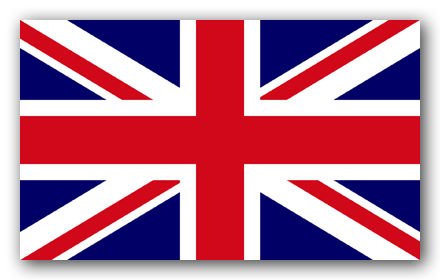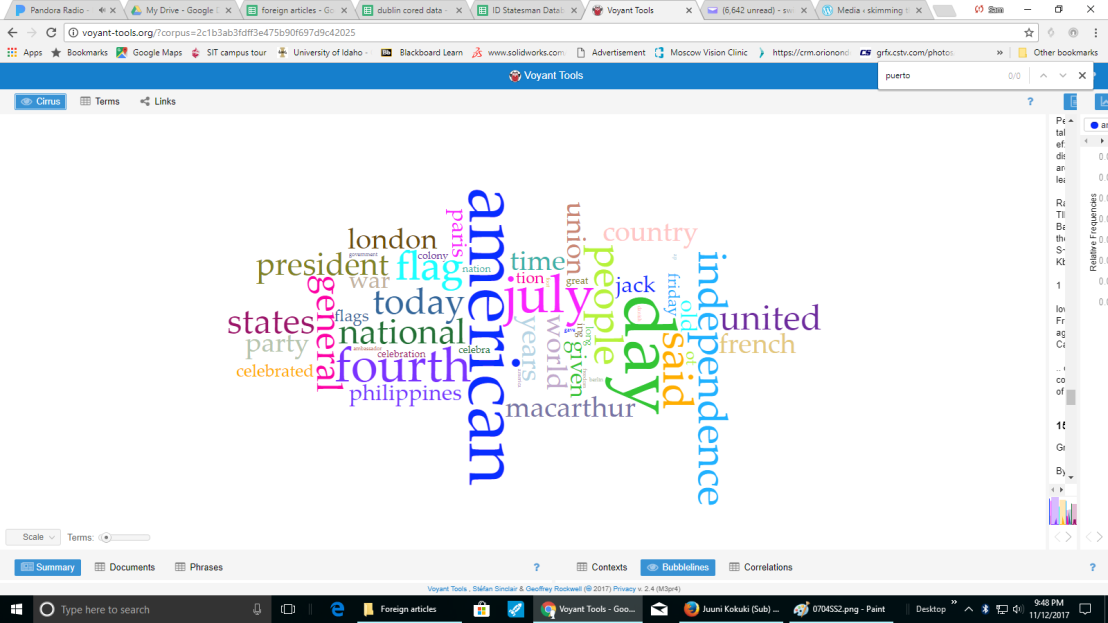Digital History(DH): a definition, some examples and the people behind DH
I personally would define Digital History as the recording and presenting of historical data and interpretations. Ideally the goal of digital history is to bring the past to the public.
There are four types of digital history presentation styles:
Data banks, exhibits, media storage, geospatial, and self made
Data banks: are huge amounts of specific collected statics that usually has some sort of search function. A good example of this is the website https://www.oldbaileyonline.org/static/Proceedings.jsp. It contains over 300 years worth crime statics and court paperwork. The website itself has search functions to find and map. This very useful for pulling up detailed or specific data.
Exhibits: are interpreted by historians media; usually texts or pictures. A good example of this type digital history is http://codyarchive.org/ where it contains interpreted data and presents data on buffalo bill. It focused on providing context and a linear chronology. Some focus more on making history more digestible to the populace.
Media storage: Are exactly as it sounds a collection of free stored media (texts, podcasts, blogs, maps, videos, etc.) A good example of this type of digital history is the gutenberg project. It has the largest collection of free books all available for downloading. It focuses on getting information to the public for free not presenting it in any specific way. Other sites focus on regions or chronology but the format generally remains the same.
Geospatial: is a digital history format that focuses on showing changes overtime in specific areas. A good example of geospatial is the website http://digitalharlem.org/ it shows changes in locations of buildings over time and explains why these changes occur.
Self made: is more of a visualization tool that lets the user input their own data and see it on a map.
Overall these different formats focus on different aspects of DH and I found interactivity really helps to draw the user’s attention. Each of these styles have their own pro’s and con’s and depending on what the user is using the information for they should try to find the a site in the style best suited for their purposes. If the user is interested in specific artifacts from the past then favor storage sites or if maps are interesting then try to find geospatial sites.
Another aspect of DH is the historian’s personal/professional social media. You can ask questions or find direct interpretations of artifact from a historical thinker’s perspective. These feeds/blogs often have links to source material or be requested and have further related readings or media from scholarly sources to help one delve deeper into the Historian’s area of expertise. I find the coolest part of the blogs/feeds it that they often offer differing perspectives that can offer insights on modern problems and often in political debates that we wouldn’t otherwise think of.







